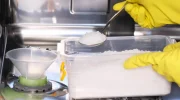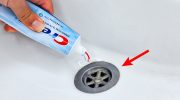You don’t need a big budget or to call a builder to minimize the energy losses in your house. It’s the middle of winter and that means cold, few hours of daylight and having the heating on full blast when storms and blizzards arrive… and even then it’s not easy to get rid of the occasional chill in the house or the damp. In an old and poorly insulated flat like mine, even less so.
The weakest links in the insulation are usually in the element changes, with the doors and windows and their joining points being the greatest exponent (there are fairly cheap and easy methods to minimize losses such as the weather stripping or the Finnish method), but the cold also seeps in through the walls in contact with the outside and here the challenge is greater: the exterior walls are larger and cover a large part of the house. How can you improve the insulation of a wall without breaking the bank?
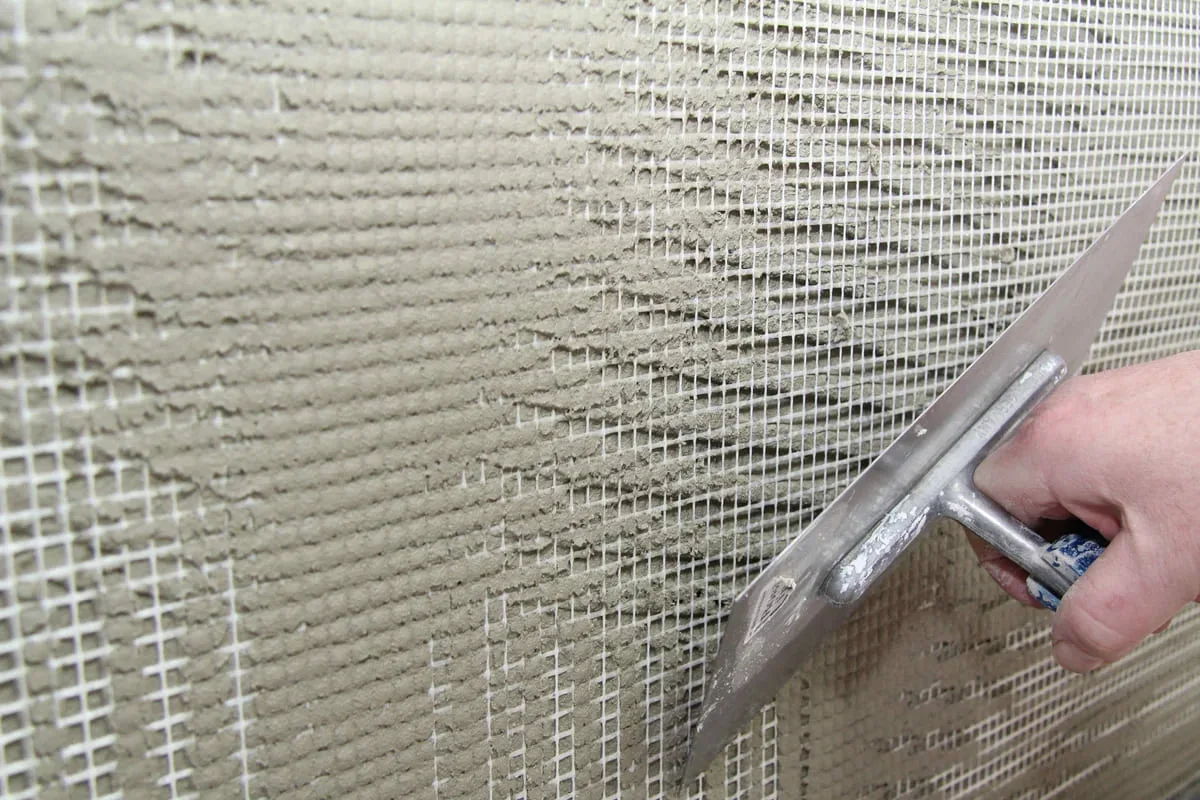
Here’s how you can improve the insulation of your walls without the need for building work
It’s a classic: you place your hand on an exterior wall and discover that it is cold to the touch even though you have the heating on for hours at home. You might even say it feels damp. Or even worse: you might also notice condensation. These are three clear signs that the wall is poorly insulated.
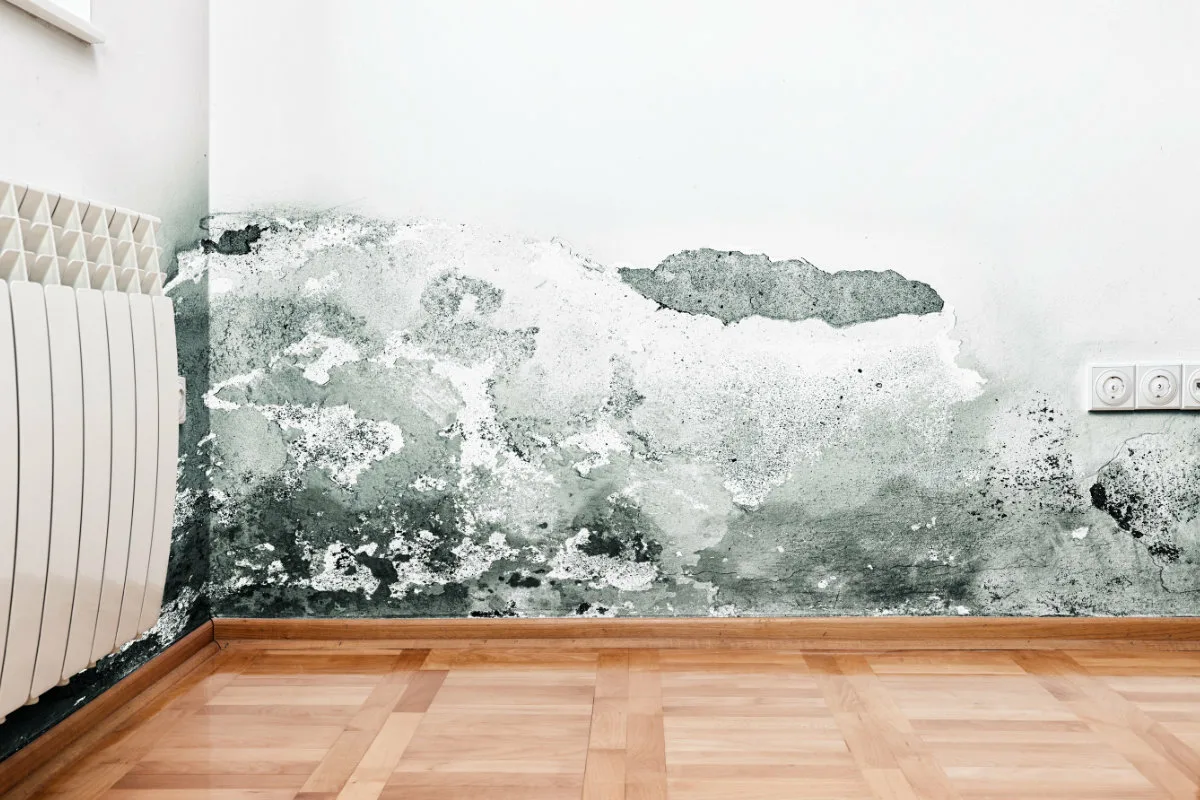
Implementing a comprehensive insulation solution would require a large budget and building work that would discourage anyone, but fortunately there are now simple, cheap and effective solutions for increasing comfort at home and reducing energy bills.
With thermal insulating paint
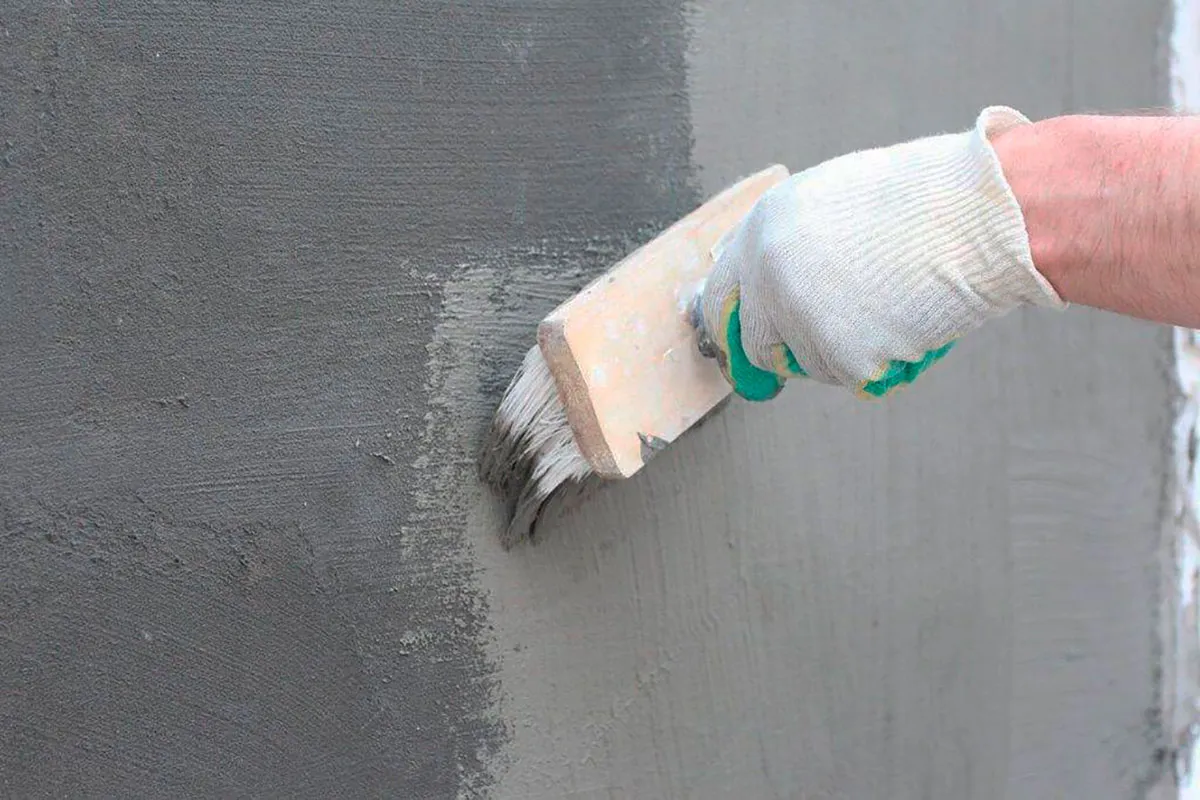
A quick way to improve the insulation of a wall without building work is to give it a coat of thermal insulating paint, which in many cases is also anti-condensation. This type of paint is usually composed of ceramic micro-pearls or reflective additives that manage to retain heat.
In this way you will not only clean up the walls giving the room a new and well-kept appearance, but you will also improve the insulation. And it does not need any special treatment or application: it is painted exactly the same as with standard paint, so that in a couple of days you can have a warmer and more beautiful house.
With cork boards
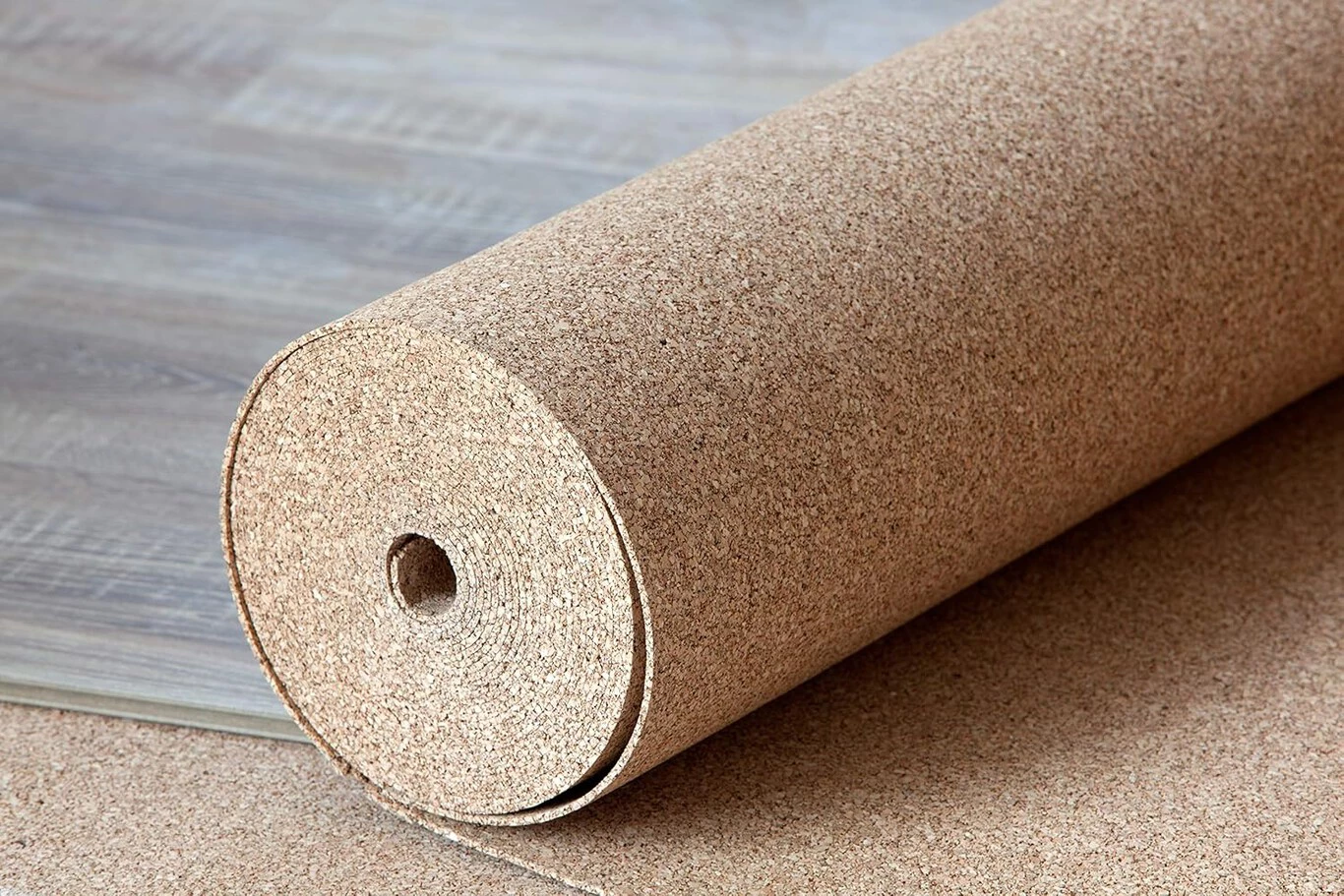
Just as carpets fulfil their insulating mission on floors and furniture can contribute to improving wall insulation, you can also install cork panels as this natural material insulates and decorates. The Decosfera team gives a good example of its use: interior designer Erico Navazo designed the Portuguese Embassy space for Casa Decor 2019.
Rubber is, in fact, a very interesting material: it is 100% natural and recyclable and, as well as giving your home a rustic and warm aesthetic touch, it also offers thermal and acoustic insulation. Best of all, it is very easy to install, simply by gluing or screwing the panel in place.
With thin insulating panels
If cork is not your thing and you prefer something more discreet, on the market you will find high-performance insulation panels that are much thinner and more stylish than in the past, but just as effective.
What’s more, these types of panels are easy to install if you are a bit of a handyman: all you have to do is stick them on the walls and in a matter of a few hours you will have your room much more protected from the cold outside.







